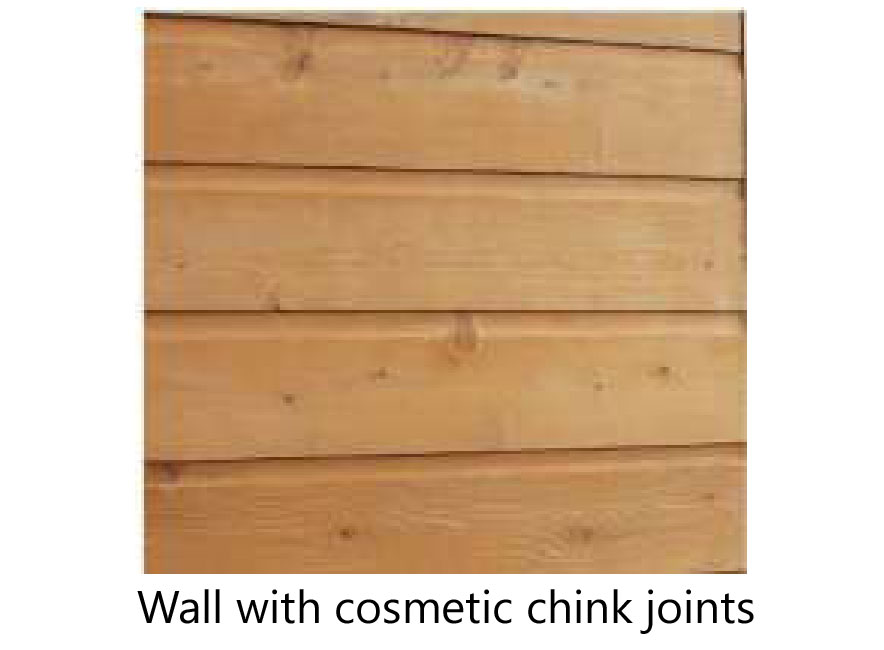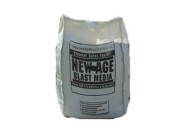 Perma-Chink Systems, Inc
Log & Timber Home Care Experts
Perma-Chink Systems, Inc
Log & Timber Home Care Experts
Michael
Over the past few years we’ve developed a lot of information about the importance of pH as it relates to preparing a home for the application of a finish. Following are some of the reasons why pH is important and the consequences of bare wood being either too high or too low in pH and its impact on the appearance and performance of our finish systems.
Wood has a natural pH of between 4 and 6. Any pH number lower than 7 is acidic and those above 7 are alkaline; therefore, a pH of 4-6 is slightly acidic. That’s because all wood contains some acidic components like tannic acid. However, most cleaning products like bleach, TSP (trisodium phosphate), and detergents have a high pH (alkaline or basic). Whenever something that is acidic comes in contact with something alkaline and water is present, one thing that is certain is that a chemical reaction will occur. If we are dealing with only two or three inorganic compounds, the reactions are fairly predictable but wood consists of a multitude of organic compounds which differ from species to species. Even within individual species, the chemistry may be influenced by the nutrients in the soil where the tree was grown or it may vary from heartwood to sapwood in the same log. In other words, whenever the surface of wood is exposed to a substance with a high pH something is going to happen, and it may not always be predictable.
Many people are under the impression that the winter months are hard on their logs and finishes. To some extent that’s true. In cold climates where the exterior log surfaces may be covered with ice and snow for several months can be damaging if the logs aren’t properly finished. But even then, the most damaging effects of weather on wood and coatings actually occur during the hot summer months.
One component of sunlight is ultraviolet light, commonly referred to as UV light, or UV rays. UV light is responsible for most damage to exposed wood because it changes or destroys the wood’s lignin, a component of wood that hardens and strengthens the cell walls. In more scientific terms, this process is called photo-oxidation.
Drying times and curing times relate to two entirely different processes that occur in water-based polymer systems. All water-based products, be it stains, paints, or sealants, contain a percentage of free water, hence their description as water-based.

For many years the product of choice for cleaning bare wood surfaces was a solution of chlorine bleach and water, perhaps with some detergent or TSP (trisodium phosphate) added to help clean the wood. When correctly applied and well rinsed, bleach solutions can work fairly well most of the time. However, household bleach does not come with a set of directions for using it on wood, and even within the log home industry there is no agreement as to how to properly use bleach.
Before we get started, let’s look at the difference between shakes and shingles. In many cases the terms are used interchangeably but regional differences do exist. Nationally you will find shake roofs and shingle-sided homes as well as vice-versa. It’s more a matter of semantics than definition.
Occasionally we get a call from someone with an older log home who wants to “seal and protect” their logs but does not wish to remove the gray patina that has built up over the years.
Typically they think that some type of clear finish can be applied to their home which will keep water from penetrating into the wood and help retard wood erosion due to sun, wind, and rain. The truth is that there is no clear exterior product that will meet their expectations.
Over the past several years we have discovered many things about cleaning wood and existing finishes. First and most importantly is that chlorine bleach is not the best product to use. In addition to its potential for damaging the finish and bare wood fibers, its use and misuse contribute to specific problems including the loss of film adhesion, discolorations due to tannin extraction, streaks, blotches, and premature failures of the finish system. We have also discovered that many wood and deck cleaners available at paint and hardware stores, home improvement centers and Do-It-Yourself outlets contain components that interfere with the proper performance of our finish systems.
Chink Paint™ is a high quality, elastomeric latex paint used to refresh or change the color of your log home chinking. Chink Paint is available in all eight standard colors of Perma-Chink® in either a textured or smooth finish (with or without aggregate, respectively). This difference provides the customer a choice as to whether or not they would like to add additional texture to the appearance of the chink joint.

A number of log home manufacturers offer squared log homes with cosmetic chink joints. Although, some owners of these style homes ignore cosmetic joints and just stain over them. Others like the look of a chink-style home, which may be the reason that they bought the home in the first place. For these cosemetic joints, do homeowners need to use Perma-Chink® or can Chink Paint™ be used instead?
We've all done it - slapped on a coat of paint, then looked at the fresh paint and the old paint, realizing they're quite a bit different in color. Panic ensues, until the new paint dries and it blends in perfectly with the old color. This situation can occur with Check Mate 2, which does dry darker in color that when initially applied.
Although the color of Check Mate 2® may be apparent right out of the tube (gray verses brown, for example), the final shade of the color will not be evident until the Check Mate 2 has had a chance to dry. The picture below helps show what happens.
New Age Blast Media Available Sizes
Call 1-800-548-3554 to Order
Features
- Made from recycled glass
- Superior to corn, walnut, sand or soda media
